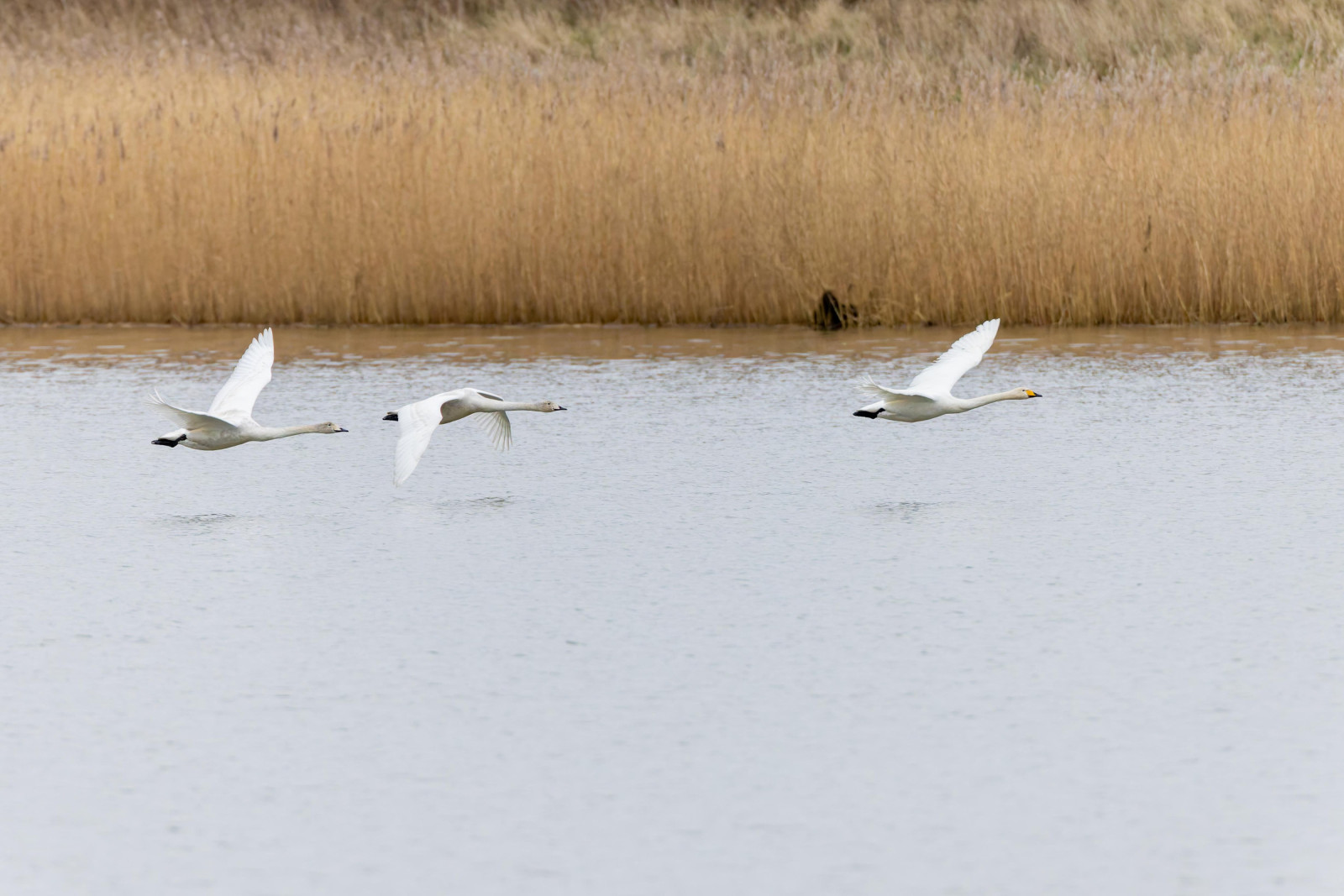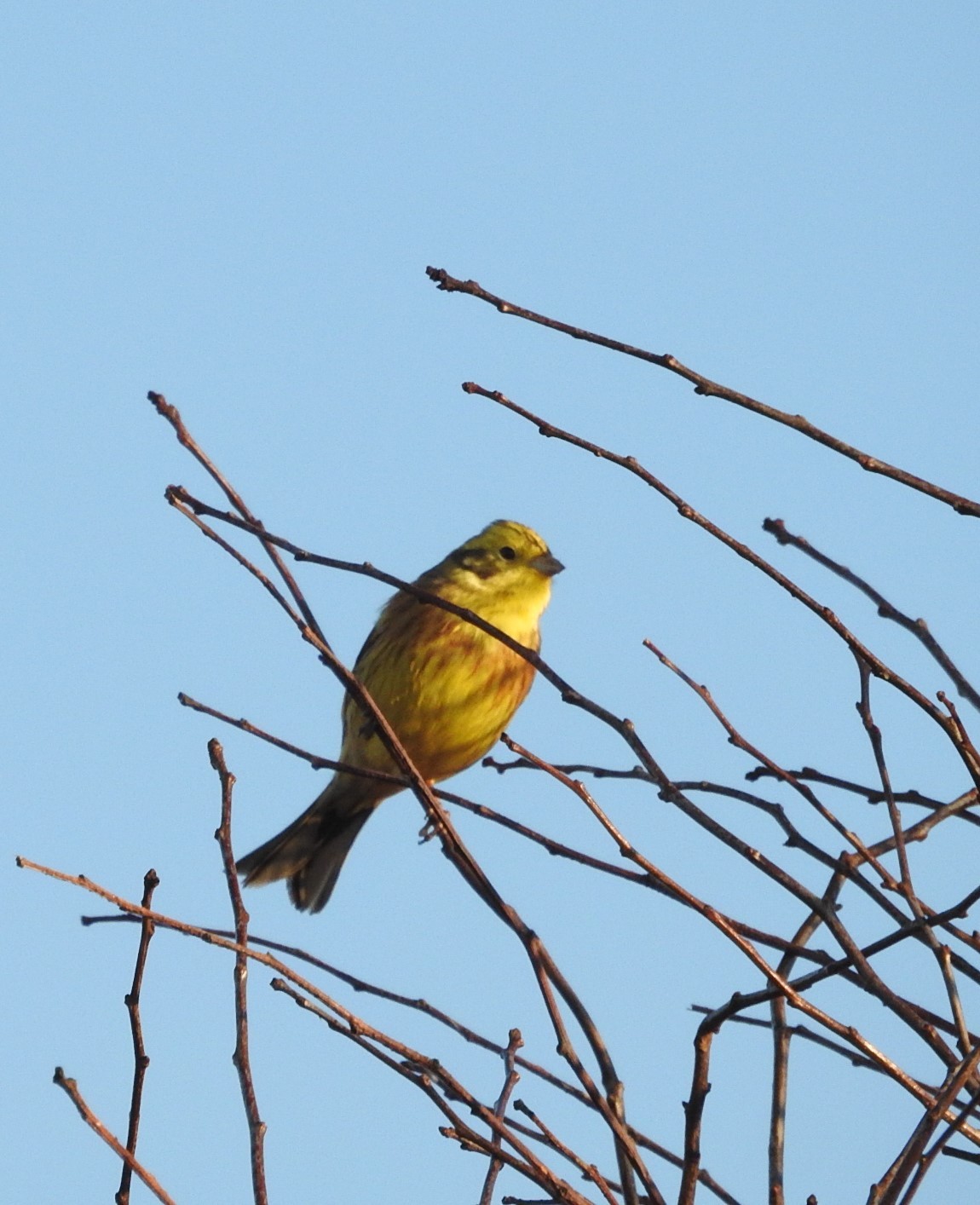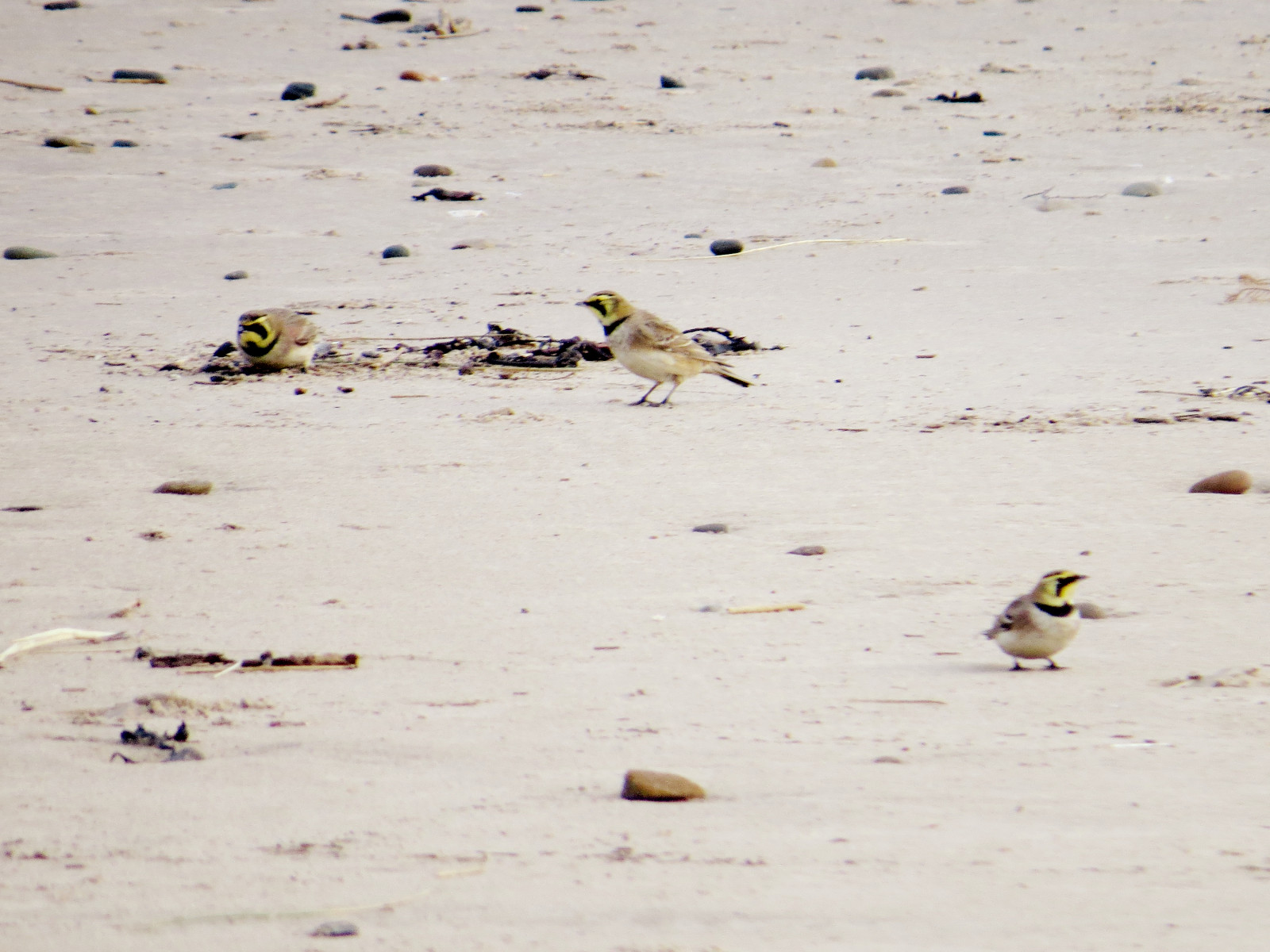Descrizione
Falco di palude is present throughout the year, with many seen on passage and wintering this year.
Cannaiola, Usignolo di fiume, and Forapaglie macchiettato breed, among a wide variety of summer visitors.
Piovanello tridattilo and other roosting waders and gulls can be found on the beach, and in summer, terns including occasional Sterna di Dougall. In winter, Zigolo delle nevi and occasionally Allodola golagialla use the beach where the Chevington Burn runs out. Sea ducks such as Edredone,Orchetto marino and Smergo minore, and also Strolaga minore, can be seen on the sea, along with Uria and Pulcinella di mare from nearby Coquet Island.
Codibugnolo and a good variety of young woodland species including wintering Lucherino, Organetto minore and sometimes Organetto.
Canapiglia and good numbers of other wintering and breeding wildfowl; in winter it is worth checking the Alzavola flocks for vagrant Green-winged Teal, which occur here surprisingly regularly.
Dettagli
Accesso
Parking available on reserve along a poorly maintained track. Alternatively, 'pay and display' parking is available in neaby Druridge Bay Country Park. Bus X18 from Newcastle to Red Row (nearest point to reserve). The National Cycle Network Route 1 runs along the east edge of the site.
Waterproof boots or wellingtons advisable in winter and wet periods.
The route around the south end of the reserve has narrow paths and can be very muddy.
Terreno e habitat
Prateria/pascolo , Dune , Canneti , Spiaggia , LagoCaratteristiche dell’area
Terreno piano , Sabbioso , Paesaggio apertoPercorso ad anello
SiÈ utile un cannocchiale?
Può essere utileBuona stagione per il BW
Tutto l'annoMiglior periodo per visitare
Inverno , Estate , Migrazione primaverile , Primavera , Autunno , Migrazione autunnalePercorso
Sentiero ampio , Strada sterrata , Sentiero strettoGrado di difficoltà del percorso a piedi
Difficoltà mediaModalità di accesso
A piedi , Bicicletta , MacchinaCapanno/torretta di osservazione
SiInformazioni aggiuntive
I update information regularly on my blog (link below); use the search facility or archived months matching your visit to get an idea of what can be seen. Also on twitter: @DavidEe13975025




